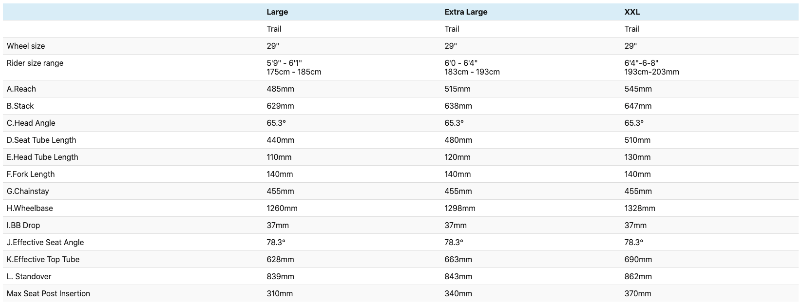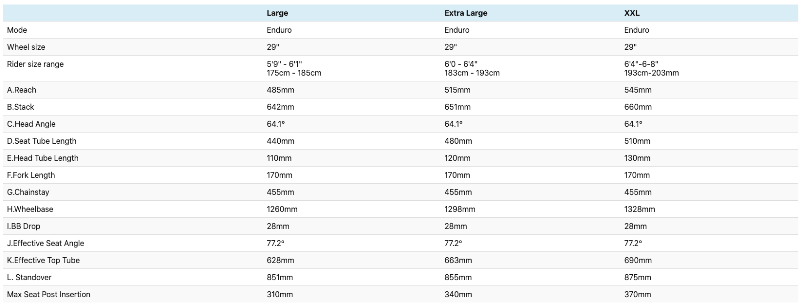Starling Mega Murmur
Wheel Size: 29’’
Travel: 140 mm rear / 140 mm front (Trail mode) or 165 mm rear / 170 mm front (Enduro mode)
Geometry Highlights:
- Sizes offered: L, XL, XXL
- Headtube angle: 65.3° (Trail) / 64.1° (Enduro)
- Seat tube angle: 78.3° (Trail) / 77.2° (Enduro)
- Reach: 485 mm (size Large)
- Chainstay length: 455 mm (all sizes)
Frame Material: Steel
Price: £2,300 (Frame only, ~$2,959 at time of publication)
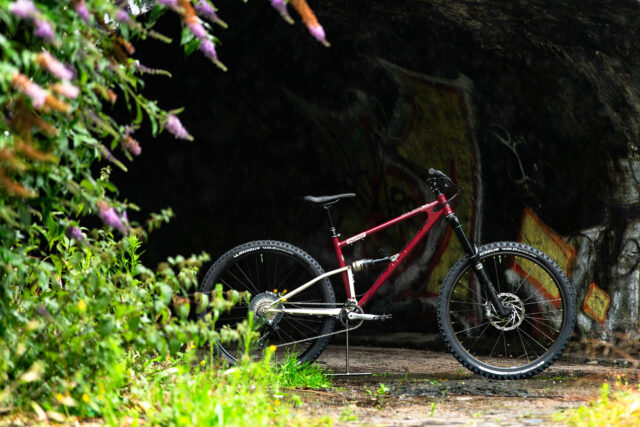
Intro
We had a lot of fun on the Starling Murmur Enduro when we reviewed it earlier this year, and found it to be a potentially compelling option for folks looking for something of a different take on what an aggressive mid-travel bike could be. And while the Murmur Enduro is certainly capable of tackling some big, burly descents, with 150 mm of rear wheel travel, it’s a bit shorter travel and generally more versatile but correspondingly less fully game-on and stable than a lot of the bigger, burlier Enduro bikes on the market. That’s absolutely going to be a good thing for a lot of folks, but it left room for a bigger, slacker, longer-travel version in their lineup.
Starling seems to have agreed, and the new Mega Murmur is their answer.
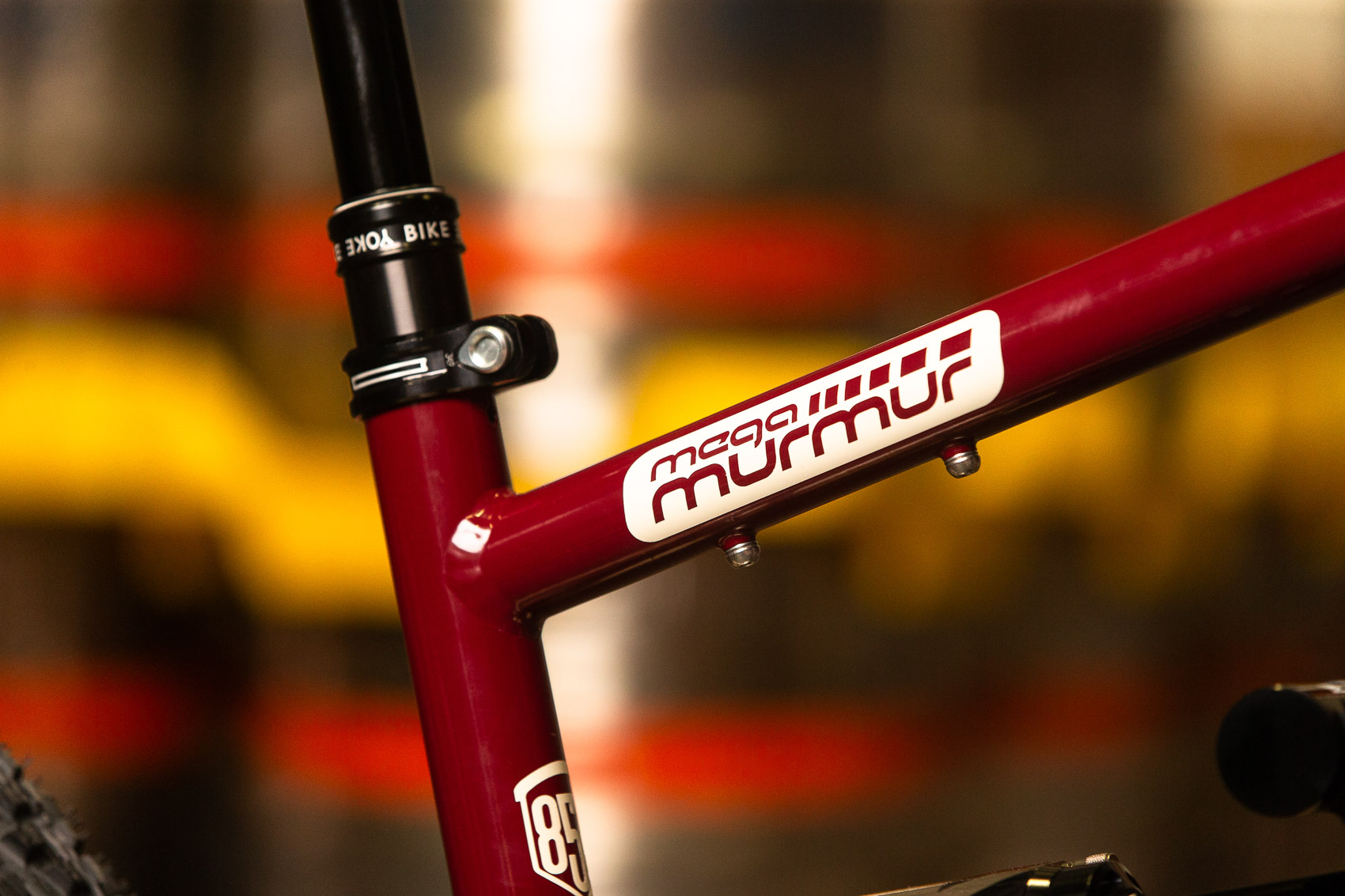
The Frame
As one would expect, the Mega Murmur looks a whole lot like the standard Murmur, just bigger. And in fact, it appears to share its front triangle with the standard Murmur, with the real changes coming from the rear triangle (though Starling hasn’t confirmed that to be the case — we’ve reached out and will update when we hear back).
At any rate, the Mega Murmur is a steel single-pivot frame with a fillet-brazed Reynolds 853 front triangle and Chromoly steel rear end — which, in the case of the Mega Murmur, is also UK-built, in contrast to the Taiwan-built rear end on the standard Murmur. And as with the standard Murmur, the Mega Murmur can be configured in Trail or Enduro modes, by way of a bolt-on shock mount and different-sized rear shocks. A 210 x 55 mm shock provides 140 mm of rear-wheel travel, meant to be paired with a 140mm-travel fork, or a 230 x 65 mm shock (and the appropriate shock mount) bumps things up to 165 mm of rear travel, built around a 170mm-travel fork. Those changes make for some modest changes to the geometry (more on that below) as well. And Starling notes that folks who are so inclined can run the Mega Murmur with a dual-crown fork in Enduro mode — for reference, a 190mm-travel dual-crown is generally pretty close to a 170 mm single-crown in terms of axle-to-crown height.
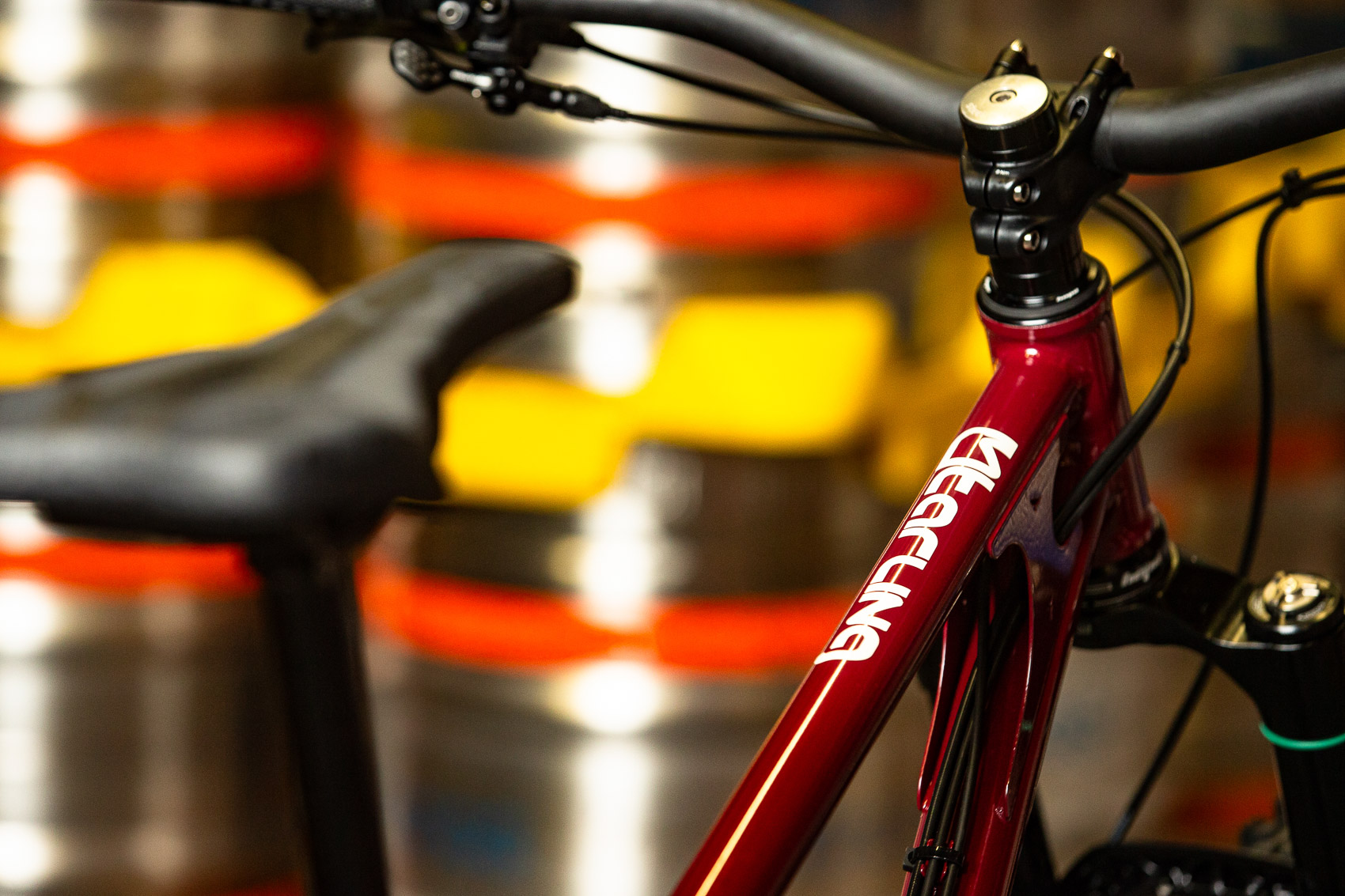
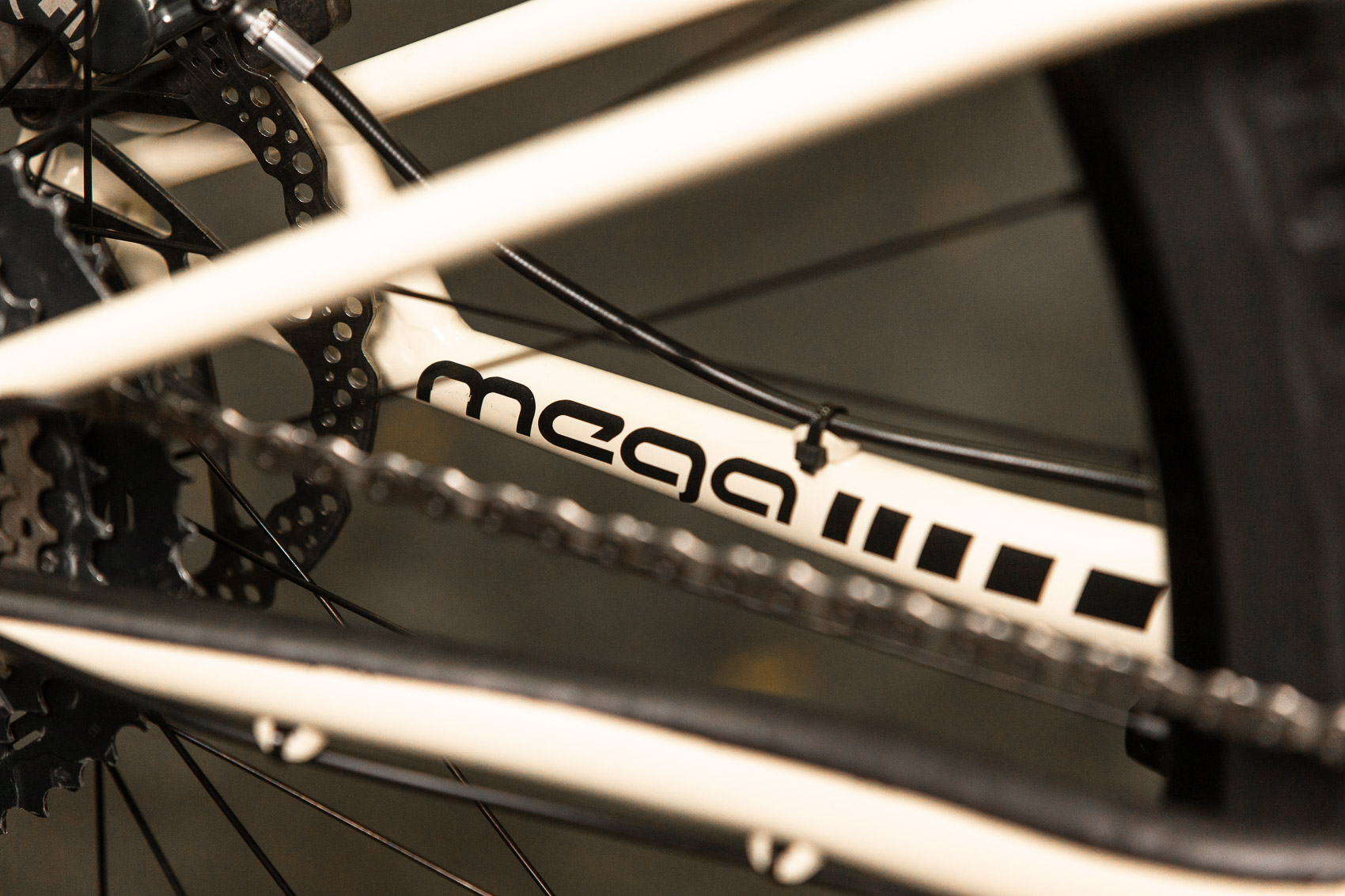
The other details of the Mega Murmur are all in keeping with the standard Murmur, and Starling’s other V3 bikes. Check out our First Look on those and our full review of the Murmur Enduro for a more complete rundown.
Fit & Geometry
Starling offers the Mega Murmur in sizes Large, XL, and XXL, and given that it appears to share its front triangle with the standard Murmur, the geometry is (mostly) correspondingly similar. The big difference is in the chainstays, which have grown to a very-long 455 mm (from an already-not-short 445 mm); the headtube angle in Enduro mode has been slackened a touch to 64.1°, which also drops the seat tube angle a touch (to 77.2°, so still pretty steep). Reach is still stated at 485 mm for the Large frame and then gets 30 mm longer per frame size, though it’s presumably a touch shorter than the standard Murmur, due to the slackening of the angles. Trail mode steepens the headtube angle to 65.3° and the seat tube to 78.3° and increases the bottom bracket drop to 37 mm (from 29 mm in Enduro mode).
Starling says that the Mega Murmur is for folks who want a more stable, hard-charging bike than the standard Murmur or tall riders on larger-sized frames who’d find a longer rear end to make for a more balanced feel, and that makes a lot of sense, particularly given that riders in the latter camp can spec their Mega Murmur in the Trail configuration to tighten it up and get what’s still a very big, long bike (in terms of sizing) while not going off the deep end in terms of travel or headtube angle.
The Builds
Starling doesn’t offer standard builds on the Mega Murmur (or their other bikes, for that matter) and the base price (£2,300 / ~$2,959 USD at time of publication) is for a bare frame with a Hope seat clamp and headset thrown in. Starling can add a variety of shock options for an upcharge, or piece together a full or partial build of your choosing. Get in touch and they’ll sort you out.

Some Questions / Things We’re Curious About
(1) How much do the geometry and travel changes to the Mega Murmur change its character as compared to the standard version? We found the latter to be a nice take on a relatively aggressive mid-travel bike that blurs the line between more versatile Trail bikes and true Enduro ones. But (at least in Enduro mode) the Mega Murmur looks like a considerably more stable, hard-charging bike. So is that borne out?
(2) And while the not-super-stiff rear end of the Murmur Enduro feels like it works well with the overall character of the bike (and we’re definitely of the opinion that stiffer is not always better in many circumstances), how will the even-longer swingarm on the Mega Murmur feel on that front?
Bottom Line (For Now)
The standard Starling Murmur Enduro doesn’t ride like most other bikes, in a way that we can really imagine clicking for some folks (again, check out our full review for a whole lot more on that). The new Mega Murmur looks like a nice variant on that same general recipe for people who want a more stable, descending-focused take on what the Murmur does well, and/or super tall riders who just find the regular Murmur’s chainstays to feel too short. We’d be keen to get on one and will report back if and when we’re able to make it happen.

